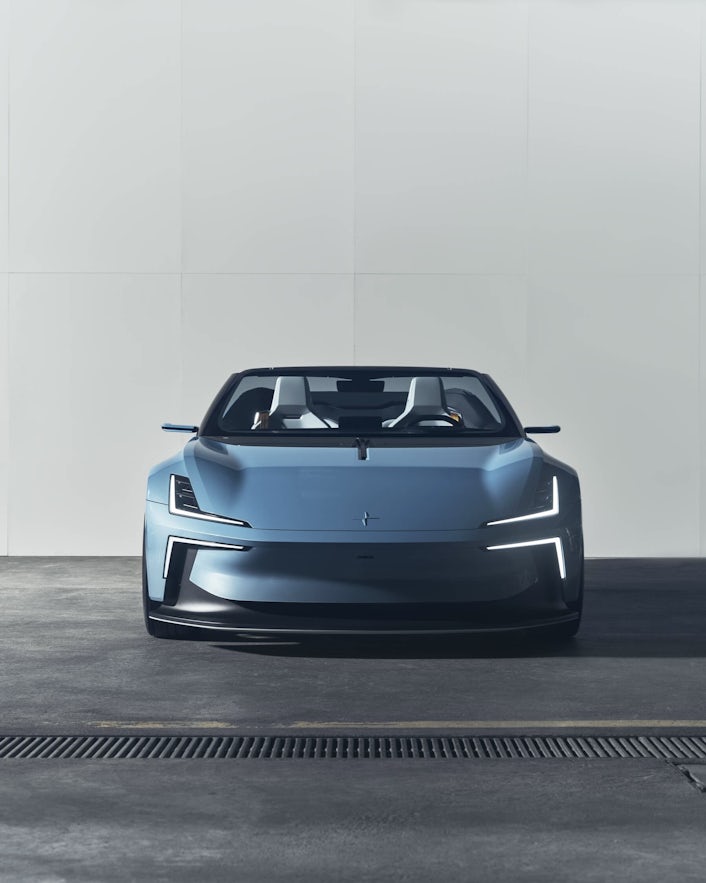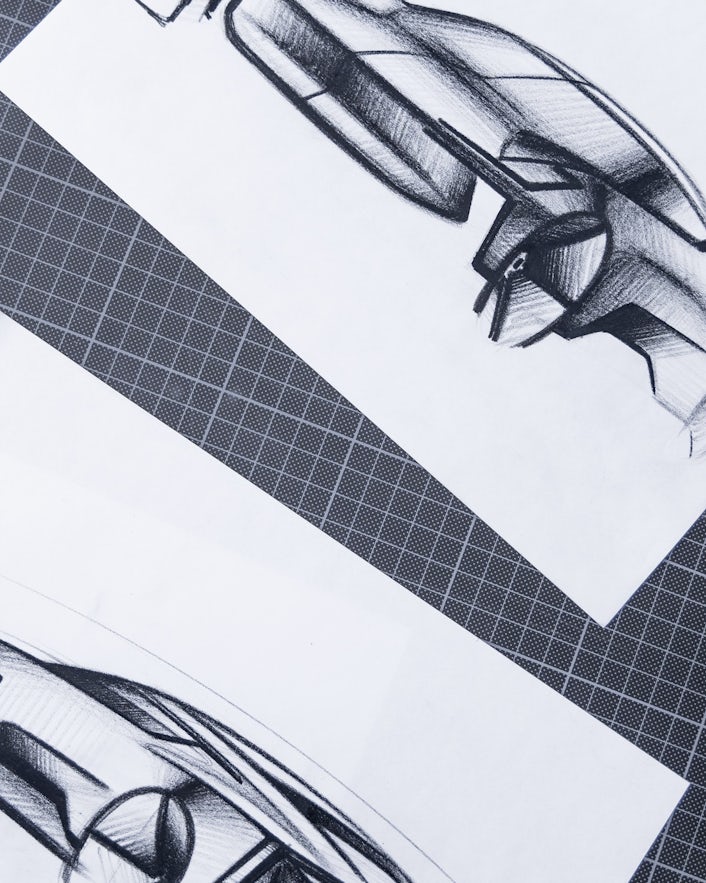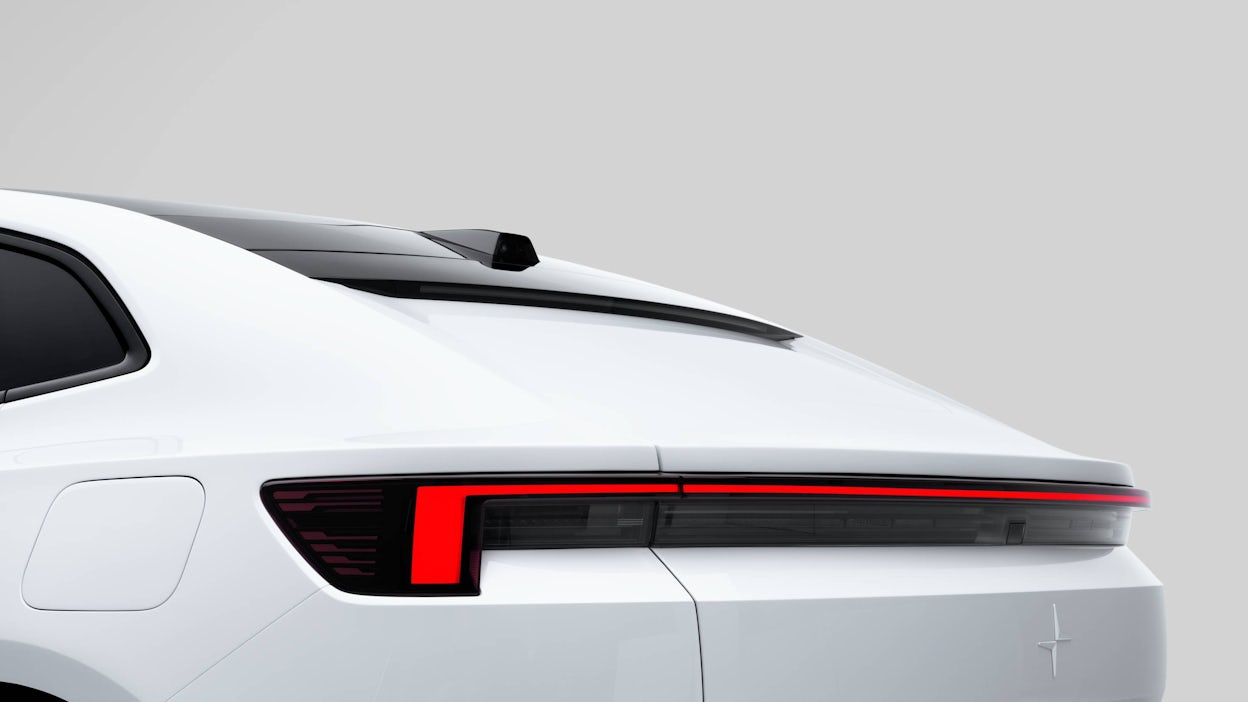Myth-busting: No, not all EVs look the same
In this series, we aim to challenge some of the most common misconceptions surrounding the electric vehicle, starting with the notion that exterior design has become more homogenous as we move away from the internal combustion engine. Steve Potter, Exterior Design Manager at Polestar, thinks otherwise.

You may have overheard a conversation while sipping on a frothy latte, or have been asked to chime in on an argument during a lunch break in the office. Different scenarios, same theme: “what do you think of these new electric vehicles? And why do they all look the same?”
This Vox Pop ideology, this urban legend, this hasty hypothesis has become particularly pertinent in the age of the electric vehicle, where bespoke platforms and specific electrical architectures mean that the very underpinnings of a modern car have been vastly simplified.
“So long as I have been a car designer, I feel like I have been told that all modern cars look the same. It’s really nothing new,” says Steve Potter, Exterior Design Manager at Polestar. So how did the myth start?
“You really do have to rewind the clock a long way - before both manufacturing and safety legislation was in full force - to find an era of pure automotive creative freedom.
“Now, there is legislation that dictates the position of front lamps, the height of the front fascia and the angles stamped into sheet metal. So yeah, we face some restrictions” he adds.


Polestar set out with a very clear design vision from day one
Although nothing new in car design, the aerodynamic performance of a vehicle’s exterior is also now arguably more important than ever. As electric vehicle manufacturers look to extract maximum range from a battery pack, having a vehicle that effortlessly slips through the air is a powerful tool.
“Polestar set out with a very clear design vision from day one,” says Potter. “We are aware of the need for maximum aerodynamic efficiency - and it is arguably easiest achieved with a pretty obvious teardrop shape - but it doesn’t necessarily govern the way we design our cars,” he adds.
Take the Polestar 3 as a very apt and very current example. Sure, it’s an SUV in its broadest sense, but Potter points out that it has a very low nose, with the high appearance of an SUV. Thanks to an innovative wing setup, this all creates a bullish and powerful aesthetic when viewed directly from the front.
But to ensure maximum efficiency, Polestar incorporated a front aero wing and optimised aerodynamic flourishes to carefully channel airflow and increase the range of the onboard battery packs. An electric SUV that drives like a sports car… and stands out from the crowd.
Similarly, Polestar 4 rips up the rulebook again and challenges the notion that modern EVs are somehow homogenous in their design. How? Well, it has ditched the rear windscreen entirely in favour of advanced rear-view camera technology.
“We did this for a number of reasons, as it allowed us to improve airflow around the car, but it also makes it easy to create a huge panoramic sunroof for a light and airy feeling inside the cabin. What’s more, it allowed us to harness the latest camera and display technology to make driver’s lives easier,” Potter says.

The interplay between technology and design is also something that Polestar set out to do from the very beginning, harnessing the latest innovations but never shying away from how they might impact car design.
“Of course, there are plenty of challenges that automotive designers face today, but many of these can be turned into positives,” Potter explains.
“Take cameras or LiDar systems as an example. We could see these as something we have to work around, or instead, we make a statement. We chose to do the latter with the cameras incorporated into the base of the elegant frameless mirrors of Polestar 3 and 4. These are now statements of technology that join the rest of the design,” he says.
The pace of technological change is rampant and we are arguably at a point where we are about to witness some of the biggest upheavals in the automotive landscape since the invention of the combustion engine itself. Self-driving cars, vast improvements in active safety systems, more energy dense batteries and more convenient EV charging are all on the horizon.
Flipping this myth on its head, we may actually be approaching a time where freedom for automotive designers is at its most liberal and progressive.
“LiDar systems, as just one example, have the capacity to reduce the amount of passive safety technology we need on future cars. Safety legislation could actually relax as a result.
“Similarly, battery technology is improving lighting fast and charging infrastructure is getting better by the day, meaning the need for the most aerodynamic shapes could also fade,” Steve Potter explains. “We might revert to a time where cars went directly from sketch to reality,” he adds.
Expect the next decade to bring with it a seachange in the automotive landscape, with future, high-tech and highly autonomous vehicles boasting the potential to commit every current design cliché to the history books.
“I believe we can’t actually predict how objects will look in the near future,” explains Steve Potter. Still think EVs all look the same? That’s fine, but it looks like you won’t be able to make that argument for much longer.









